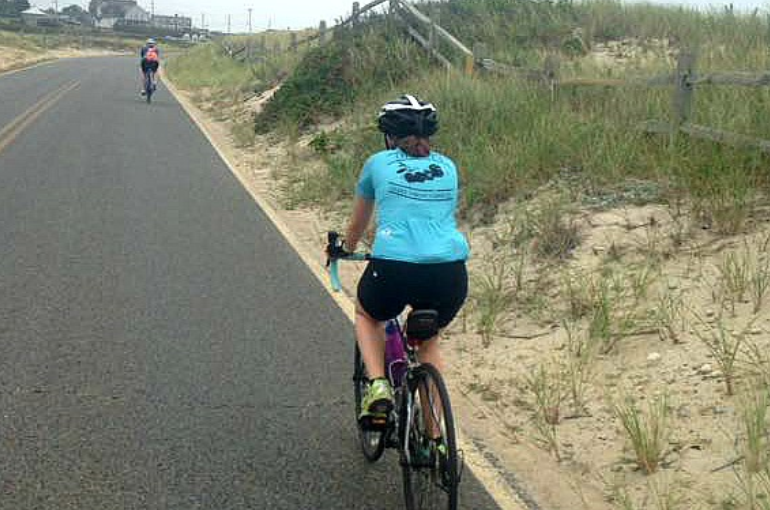Working Out: Are Energy Gels Better than Sports Drinks?

Glycogen is already in our bodies as our glucose storage system. When we eat, the unused carbohydrates are stored as glycogen. Later, when the body's blood sugar levels drop, the glycogen is broken down to glucose that is used to fuel the body.
What Is Our Alternative Fuel Source?
When you work out intensely for more than an hour, your body may run out of the carbohydrates and glucose that it needs to continue. Typically, athletes will hydrate with sports drinks, but are there other options? Yes!
Runners, cyclists and other athletes have turned to energy gels because of their compact size and effectiveness to help get you through that next hill or mile or set. Be sure to read the ingredients listed on your product, and consult a doctor if you have an existing medical condition that may disagree with some ingredients.
How Do Energy Gels Work?
Muscles need fat and carbohydrates to work. Fats are broken down slowly, so the more intense the workout, the more carbohydrates you'll be burning quickly. For marathon runners, carbohydrates are the main source of energy making it necessary to refuel during runs. Energy gels are designed to quickly replenish carbohydrates during intense workouts, as well as restore blood glucose levels to avoid light-headedness and fatigue.
The Dos and Don'ts
Low Intensity - Don't take energy gels if your workout is short and/or low intensity. Your body doesn't need to quickly replenish during this type of exercise, and taking an energy gel can result in high blood sugars and unnecessary calories.
Too Late Into the Workout - When you workout, your body sends less blood to your digestive system, causing it to slow down. Drinking or eating too late into a workout can result in vomiting, cramping or overall gastrointestinal upset. To prevent this, have your first energy gel within the first 45 to 60 minutes of a longer workout.
Train Your Digestion - Practice intense exercise using energy gels to give your body time to adapt to this quick fuel source. See how your body reacts to energy gels, how they affect your workout and how often you may need to refuel.
Drink Water - Consuming energy gels when you are already dehydrated can cause excess water to be pulled into your digestive system. This worsens dehydration and can cause unpleasant symptoms like cramping, bloating and diarrhea. Drink plenty of water when taking energy gels to keep yourself well hydrated throughout intense exercise.
Don't Drink Sports Drinks - Don't combine sports drinks and energy gels. Water is your best choice. Just one sports drink and one energy gel will give your body 60 grams of pure sugar.
Let Your Body Digest - When running, cycling, or working out intensely, you'll need to gauge the best portion and timing for you. A general rule is one energy gel every 45 to 60 minutes during intense physical activity. But don't wait for a big day to try it for yourself. Start off slowly and see how your body handles the energy gel.
Note: The content of this blog is for informational purposes only. It is not intended for use as diagnosis or treatment of a health problem or as a substitute for the professional consultation of a physician or qualified health care provider. If you have specific questions or concerns regarding a health or medical condition, contact your physician or a licensed health care professional.




